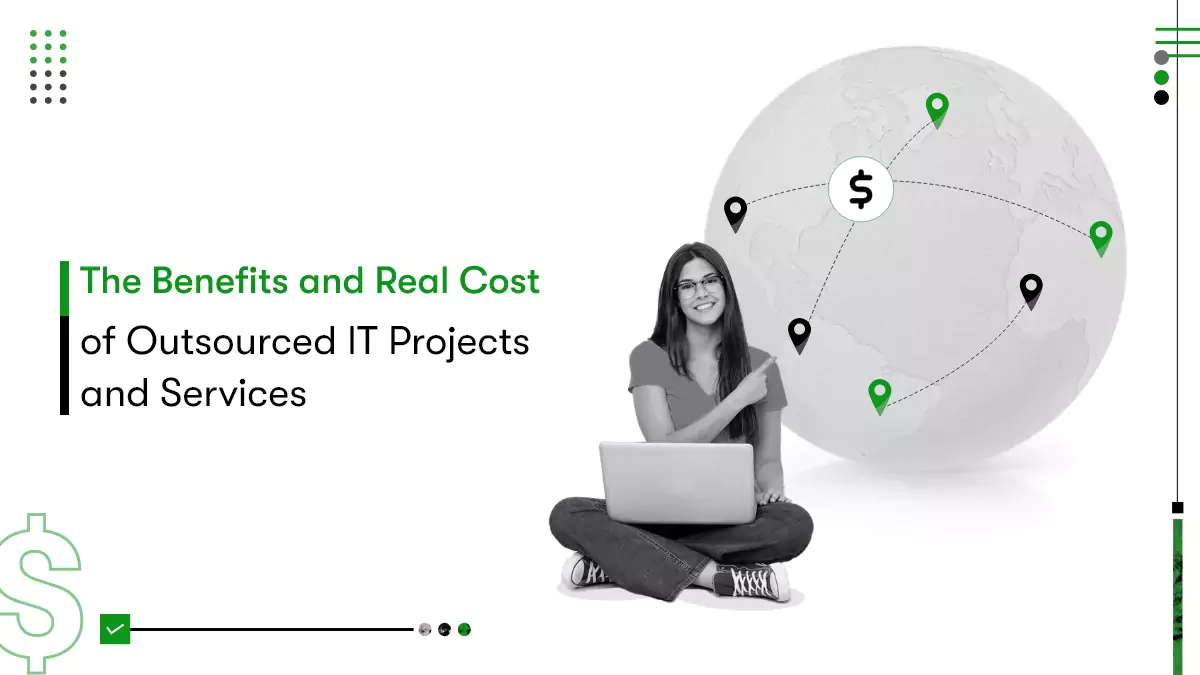An application idea goes through a radical shift once it starts receiving feedback. Don’t believe us? Well, how about the fact that popular apps like Instagram & Slack were the outcome of repeated iterations and suggestions implementation? We will discuss the originality of the Instagram and Slack app; however, the crux of the matter is, this approach of launching something new from an existing idea is referred to as startup pivot. Pivoting your startup gives you a new perspective of looking at an idea. This blog discusses the concept of startup pivoting. Read it to grab more on the topic.
Without diverting your attention, we would like to continue. Slack was originally launched with an app name called Glitch. However, the demand for having an in-built messaging feature instigated founders to drop the idea of the Tiny Speck game, Glitch and build something that serves the demand. That’s how Slack came into the picture.
A similar story goes for Instagram. Initially, Instagram was launched as a service named Burbn. Burbn was a location-based check-in application, but again the market demand of image-sharing apps inspired the founders to make a radical shift, and Instagram was born. So, this is what is called a pivot in the business. You start with an idea, gather some perspective, and revamp it entirely or partially to something new.
Let’s get into the details of,
 What is a pivot in the business?
What is a pivot in the business?
Business pivot is the approach of shifting an existing business strategy to a new approach that includes the running market trends, market demands, and user feedback. The startup pivot is an important part of the lean startup approach. The entire business model is changed to incorporate the new changes, which might or might not be possible on the same application. You will need resources to implement an effortful pivoting journey.
Here is the list of activities included in business pivoting.
- Change one product feature into something new entirely;
- Include an exceptionally demanding product feature as a part of a new product;
- Change in the target market;
- Changes in platform or technology used for app development.
 When should you think of startup pivoting?
When should you think of startup pivoting?
There can be an n-number of reasons to pivot a business, and the reason completely depends on your choice. However, some of the obvious reasons to start thinking about business pivoting are:
- You want to try something different;
- The existing market isn’t responding well enough to the current idea;
- Your competition always overrule your efforts;
- There is one aspect of the current business that is outperforming in the market;
- The current business is facing financial difficulties;
- You think differently of the business objective and the goals.
Let us look at the various types of startup pivots.
Business pivoting in the existing market:
Vulnerable businesses feel lost when they hit the competition. They feel that they can’t survive and decide to change direction. This transfer usually occurs without notifying any new offering or targeting a new customer base. It is one of the common pivot business types that helps businesses to spread new wings in the existing market.
Amendments in your product:
As mentioned above, businesses do face a scenario where a specific feature or an element catches the maximum attention. This is quite evident from the stories we learned about Slack & Instagram.
There are times when founders of an existing business do not want to let go of their brand but want to opt for the business pivot.
An easy way out for such a scenario is to launch a new product/service under the same brand name.
However, business founders who are okay to start a new legacy can think of launching a new business/service altogether.
But for a new launch, you need to start from scratch the discovery phase and initiate the mobile app development process. Also, this might consume another chunk of your investment.
Launch something entirely new:
We understand that you would have put in all your heart and soul in building a strong block of your existing business. But, we are sorry! It has failed, which could be for multiple reasons. In such scenarios, you can start thinking of a new business model altogether.
However, you should shut down the existing business once the new business model is ready for launch.
How will you initiate pivoting your startup? What are the best practices to follow for a business pivot?
Prototyping before pivoting:
Well, it is a true fact that even your next business idea isn’t a sure-shot deal. You would have to experiment and see if the audience welcomes the new business model—It is best to develop a prototype in such a scenario and check if the customer base embraces it. By developing a prototype, you get a window where you can try new ideas and make changes by receiving feedback.
Additionally, this will help you in releasing a market-fit product for your business.
Ensure that you have growth opportunities right in front:
Do not be disheartened if your first business idea didn’t succeed; the second might. Pivoting your business will help you confirm that you do not make the same mistakes again.
Well, it might be easy for you to say that we’re thinking of business pivoting, but you may encounter a lot of roadblocks on the way. We would only advise you not to think of the same market as your first one, as you have already tested the waters.
Second, the next marketplace you choose should have enough opportunities for your business to flourish. To ensure this, you need to do enough research about your competitors, market demands, customer segment, and everything.
Try hands over different technology:
Your existing business might be failing just because of the technology you are using. While pivoting the business, you should think of using a different technology than the previous one.
Keep stakeholders & investors in your journey:
The journey of business pivoting is not all yours alone. The journey involves your stakeholders and investors who have been with you since the beginning. Acknowledge them about your changes in plan in advance. Do not leave them in the middle or let them know things at the end. Try to maintain a healthy relationship with them.
Ready for an idea revamping?
Startup pivoting is always a good idea to try. It defines a roadmap for your new business before it hits the real market. Remember, one step at a time. It would be best to take an expert’s opinion while startup pivoting. They would help you analyze and suggest a strategy that works perfectly in your favor.
Never hesitate in accepting the fact that your existing business didn’t work. Take help and start defining your next course of action. We wish you all the best.











 Contact Information
Contact Information